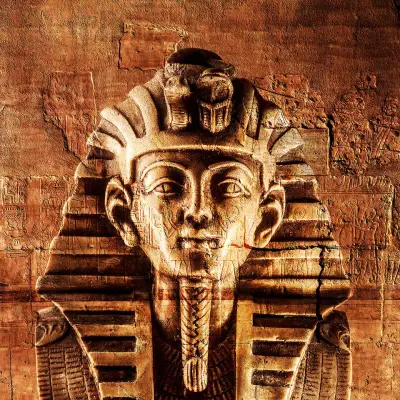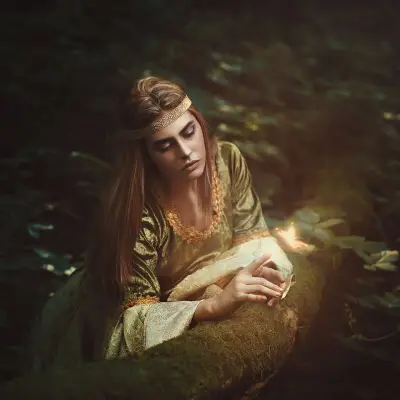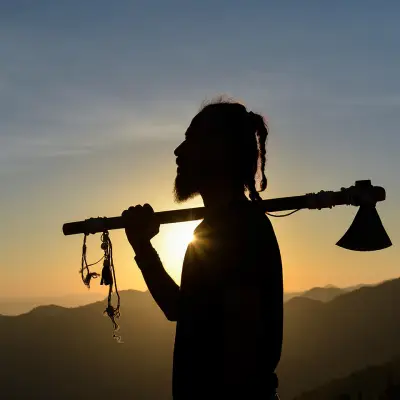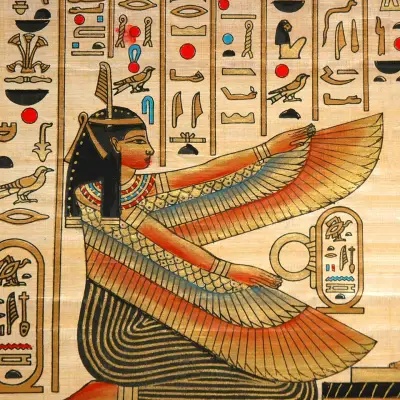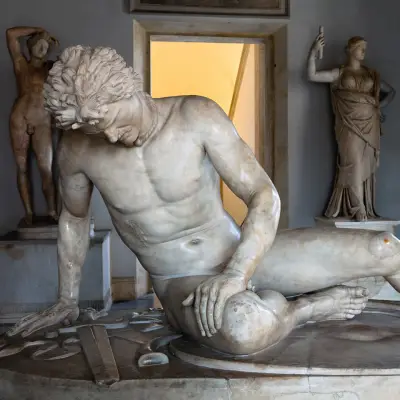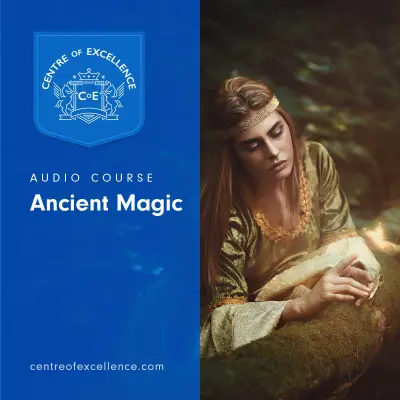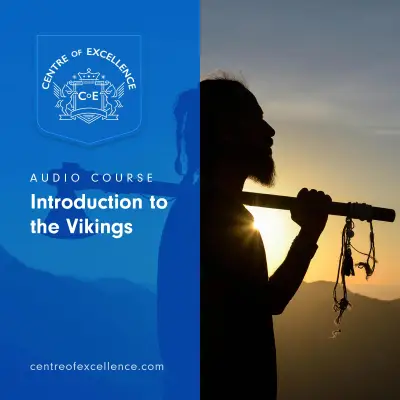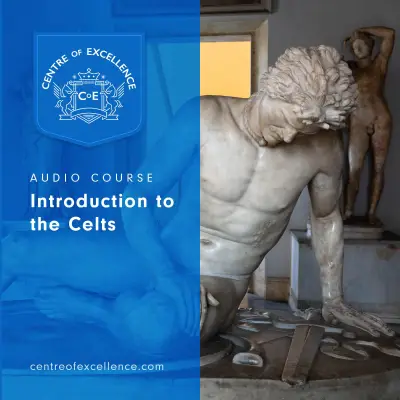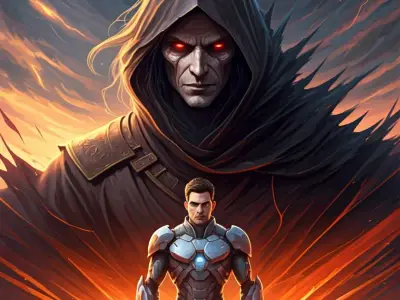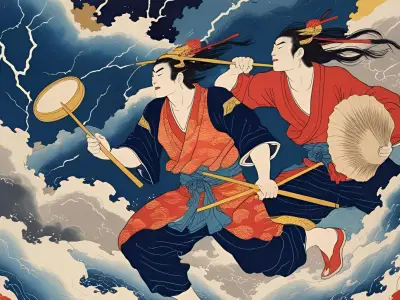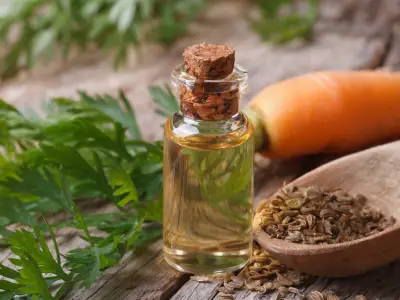The Morrígan stands as one of the most powerful and enigmatic goddesses in Celtic Mythology. Known as a goddess of war, fate, and prophecy, she’s a figure that has fascinated people for centuries. Whether you're drawn to her as a symbol of strength or are curious about her connection to the supernatural, the Morrígan’s story is one of depth and mystery. Let’s explore the Morrígan’s myths, powers, and symbols in more detail.
Jump to:
- Who Was The Morrígan in Celtic Mythology?
- The Morrígan's Myths
- The Role of The Morrígan in Celtic Storytelling
- What Powers Did The Morrígan Possess?
- Symbols Associated with The Morrígan
- The Morrígan's Lineage and Connections
- Why Is The Morrígan Special?
- The Morrígan in Modern Culture
- The Morrígan’s Worship and Legacy
- Frequently Asked Questions About The Morrígan
- Study Celtic Mythology for £29
Recommended for you!
Best SellersWho Was The Morrígan in Celtic Mythology?
The Morrígan, also known as the Celtic Goddess of Death, is a complex figure in Irish mythology. Her name can be translated to "Great Queen" or "Phantom Queen," reflecting her dual nature as both a powerful sovereign and a formidable spectre. She’s often associated with war and fate, acting as both a harbinger of death and a protector of warriors.
Traditionally, the Morrígan is depicted as a shape-shifter, capable of taking on various forms, including that of a crow or raven. This transformation highlights her connection to the battlefield, where she was believed to foretell the outcome of wars and conflicts.
The Morrígan's Myths
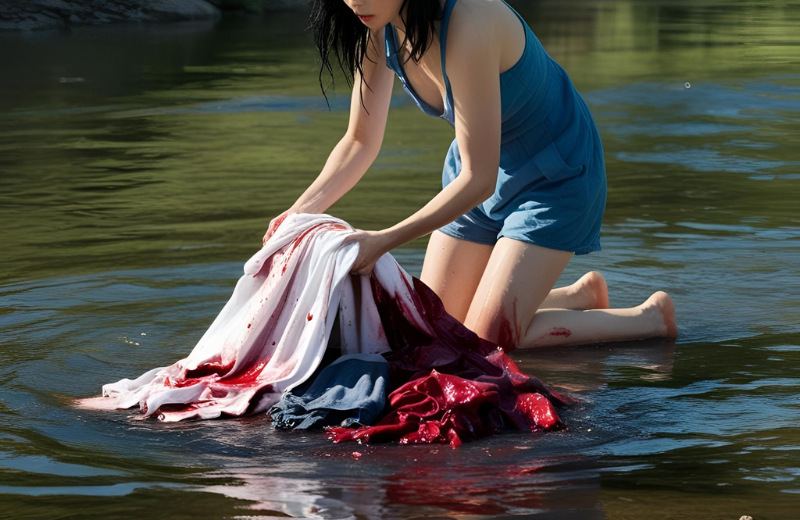
The Morrígan's myths are some of the most captivating tales in Celtic mythology, each highlighting her formidable powers and complex nature. From shape-shifting to prophecy, these stories reveal her influence over life, death, and destiny.
The Táin Bó Cúailnge: The Seduction and Revenge of Cú Chulainn
In the epic tale of the Táin Bó Cúailnge (The Cattle Raid of Cooley), the Morrígan encounters the hero Cú Chulainn and attempts to seduce him. When he rejects her advances, she uses her shape-shifting abilities to hinder him in battle, transforming into various animals – a crow, a wolf, and an eel – to thwart his efforts. Despite her attempts, Cú Chulainn remains undeterred, demonstrating the Morrígan’s dual role as both a disruptor and a powerful adversary.
The Battle of Mag Tuired: The Morrígan’s Prophecy
In the Battle of Mag Tuired, the Morrígan takes on a more protective and inspirational role. She aids the Tuatha Dé Danann in their fight against the Fomorians, using her powers of prophecy and manipulation to incite chaos within the enemy ranks. After the battle, she delivers a powerful prophecy that foretells the end of the world, a chilling reminder of her connection to fate and the inevitability of death.
The Washer at the Ford: Foretelling Death
One of the most haunting myths associated with the Morrígan is her manifestation as the Washer at the Ford. In this guise, she’s seen washing the bloodied clothes and armour of warriors who are destined to die in battle. This eerie image reinforces her role as a harbinger of death and a prophetess, a reminder that even the greatest heroes cannot escape their fate.
The Role of The Morrígan in Celtic Storytelling
The Morrígan’s role in Celtic storytelling is that of a prophetess and a fate-weaver. She’s known to foretell the outcomes of battles and predict the deaths of heroes. Her prophetic visions are often delivered in cryptic, poetic language, further emphasising her connection to the supernatural.
As a war goddess, she also embodies the chaos and bloodshed of battle. However, she’s not inherently evil; rather, she serves as a reminder of the natural cycle of life and death, and the inevitability of fate.
What Powers Did The Morrígan Possess?
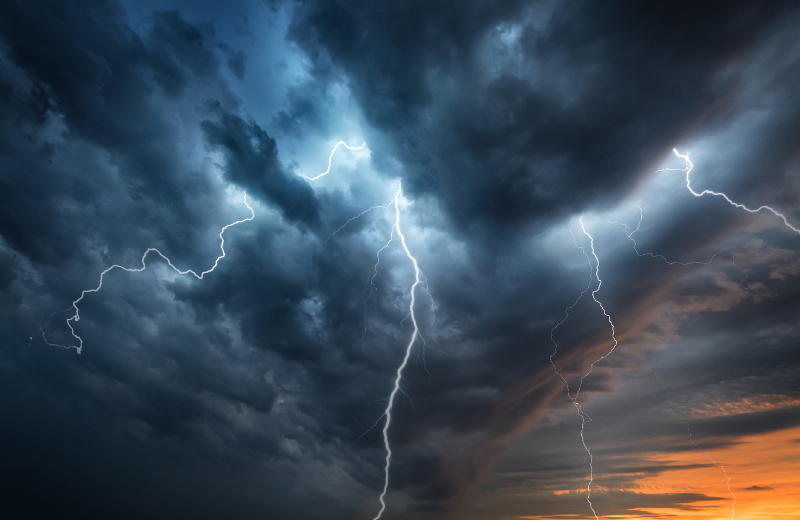
The Morrígan’s powers are vast and varied. As a shape-shifter, she can transform into a crow, raven, eel, wolf, or heifer, each representing different aspects of her character and influence.
- Prophecy and Foresight: The Morrígan is known for her prophetic abilities, foretelling the fates of warriors and the outcomes of battles.
- Shape-shifting: Her power to change forms allows her to move through the battlefield unnoticed or to influence events through deception and intimidation.
- Psychic Warfare: The Morrígan can manipulate the minds of her enemies, causing fear, confusion, or even madness.
- Elemental Control: Some myths suggest she has dominion over the elements, particularly storms and water.
Symbols Associated with The Morrígan
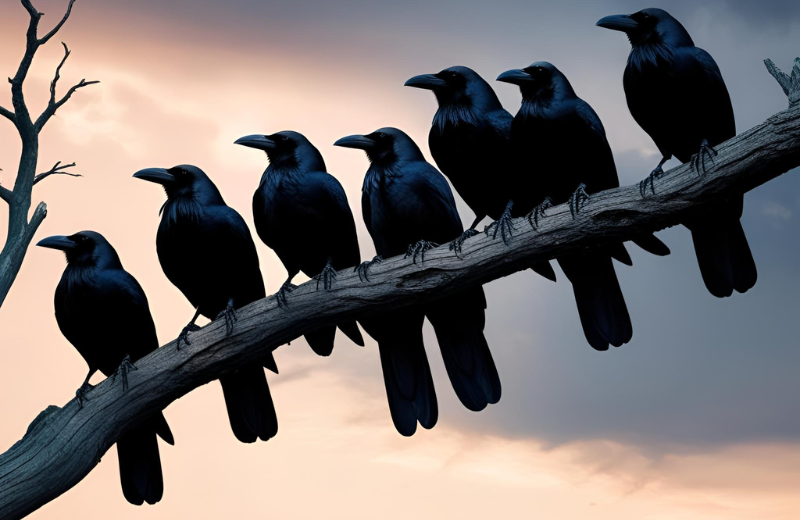
The Morrígan is often represented by a range of symbols that reflect her dual nature as a goddess of life and death:
- Crows and Ravens: These birds are the most common symbols associated with the Morrígan, representing war, death, and prophecy.
- The Washer at the Ford: This figure, often seen washing blood-stained clothes by the river, is said to be the Morrígan in disguise, foretelling the death of a warrior.
- The Cauldron: A symbol of transformation and rebirth, linking her to the cycle of life, death, and renewal.
- The Colour Red: Red is associated with the Morrígan, symbolising blood, war, and power.
The Morrígan's Lineage and Connections
The Morrígan is considered a member of the Tuatha Dé Danann, a powerful race of deities and heroes in Irish mythology. She’s sometimes depicted as a singular entity and other times as a trio of sisters – Badb, Macha, and Nemain – each representing different aspects of war and death.
She’s also associated with the Dagda, a father figure and king of the Tuatha Dé Danann, with whom she shares a complex relationship. In some stories, they’re depicted as lovers, with the Morrígan aiding him in battle by using her powers of prophecy and transformation.
Why Is The Morrígan Special?
The Morrígan is special because she embodies the complexities of life and death, war and prophecy, power and vulnerability. Unlike many deities, she does not conform to a single, one-dimensional role. Instead, she is a multi-faceted figure, capable of great destruction and profound wisdom.
The Morrígan in Modern Culture
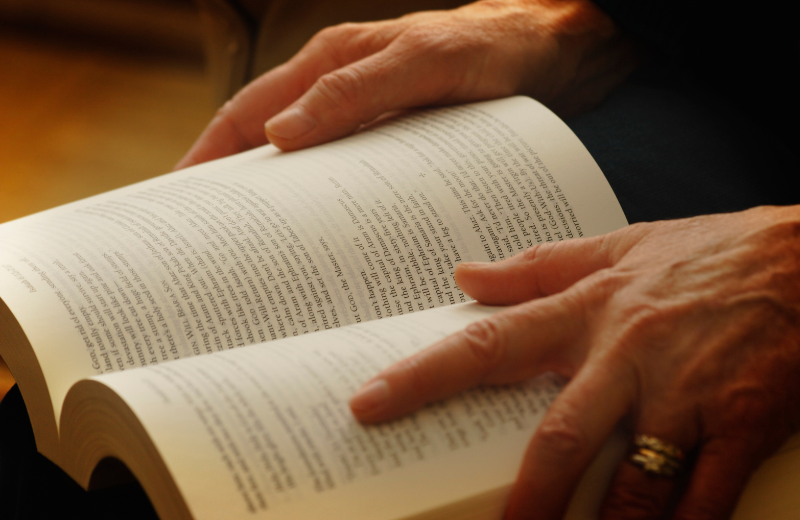
Today, the Morrígan continues to be a powerful symbol within modern spirituality, especially among Pagan and Wiccan practitioners. She embodies strength, transformation, and the dual nature of life and death. Rituals honouring the Morrígan often focus on themes of empowerment, prophecy, and protection, with altars featuring black candles, crow feathers, and red wine to reflect her connection to the battlefield and the mystical realm.
Beyond spiritual circles, the Morrígan’s influence is also seen in literature, music, and art. Authors such as Courtney Weber and Stephanie Woodfield explore her darker, more mysterious aspects, while modern artists often depict her as a fierce warrior goddess surrounded by ravens, swords, and mist, symbolising her role as a bringer of fate and change. In popular culture, the Morrígan is frequently reimagined as a powerful figure representing the darker, transformative aspects of femininity and fate.
The Morrígan’s Worship and Legacy
For those drawn to honouring the Morrígan, there are various ways to connect with her powerful energy. Meditating in wild, untamed landscapes or near bodies of water can evoke her presence, as she is closely associated with rivers, lakes, and the battlefield. Creating altars adorned with raven feathers, black candles, and symbolic weapons can serve as a focal point for offerings and prayers.
Offerings to the Morrígan often include red wine, blood-red flowers, and dark stones such as obsidian or onyx, each representing her fierce and protective nature. While the ancient rituals once performed in her honour have been lost to time, modern practitioners continue to invoke the Morrígan as a symbol of transformation, inner strength, and prophecy, keeping her legacy alive in contemporary spiritual practices.
Recommended for you!
Best SellersFrequently Asked Questions About The Morrígan
What animals are associated with the Morrígan?
Crows, ravens, wolves, and eels are the primary animals linked to the Morrígan. Crows and ravens are her most recognisable symbols, representing her role as a harbinger of death and a watcher of the battlefield. Wolves convey her fierce, untamed nature, while eels reflect her shape-shifting abilities and connection to water.
What are the three forms of the Morrígan?
The three forms of the Morrígan are Badb, Macha, and Nemain. Badb is the crow goddess who prophesies death and chaos. Macha embodies sovereignty and fierce strength, often associated with horses. Nemain incites fear and confusion in battle, embodying the frenzy of war.
What gifts should I give the Morrígan?
Offerings of red wine, black candles, and crow feathers are often given to honour the Morrígan. These items represent her connection to the battlefield, blood, and transformation. Other meaningful offerings include obsidian stones, swords, or items that symbolise power and protection.
Is the Morrígan good or bad?
She’s neither inherently good nor bad but represents both the destructive and protective aspects of nature. The Morrígan acts as a force of fate, guiding warriors to their destinies while also symbolising the darker, inevitable aspects of life and death.
How do you connect with the Morrígan?
Connecting with the Morrígan can involve meditation near bodies of water, setting up an altar with black candles and crow feathers, or practising divination to seek her guidance. Reflecting on personal transformation and embracing inner strength are also ways to honour her presence.
What colours are associated with the Morrígan?
The colours most often associated with the Morrígan are black and red. Black symbolises her connection to death, darkness, and the unknown, while red signifies blood, war, and power. These colours are often used in rituals and altars dedicated to her.
What number is associated with the Morrígan?
The number three is particularly significant to the Morrígan, representing her triple aspect as Badb, Macha, and Nemain. This trinity symbolises her threefold nature as a goddess of war, prophecy, and sovereignty, encompassing both destruction and creation.
Study Celtic Mythology for £29
If learning about figures like The Morrigan has sparked your curiosity, why not learn more about ancient Celtic legends? With Centre of Excellence’s Celtic Mythology Diploma Course, you can explore the fascinating myths, gods, and symbols that shaped ancient Celtic culture.
Whether you're passionate about history, spirituality, or storytelling, this course is engaging for everyone—no prior experience needed. Plus, by following the link below, you can enrol today for the discounted price of just £29.

